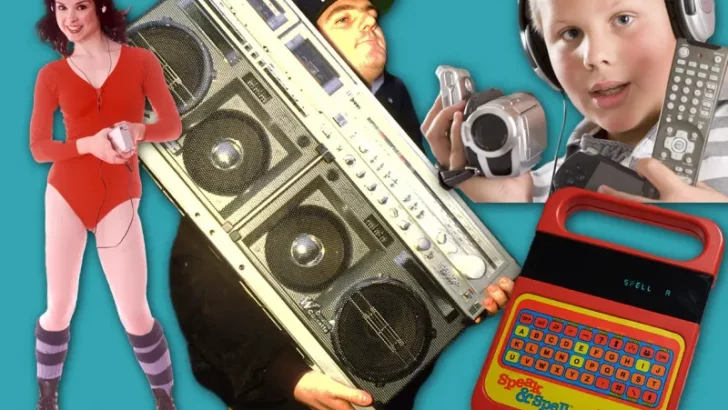The 1980s were a time of vibrant change and technological innovation. From the pulsating rhythms of synthesizers to the whirring hum of a VHS tape, the gadgets of this era shaped a generation’s daily life. But as time moved forward, many of the tools and toys that once seemed indispensable became relics of the past.
In this blog post, we’ll take a nostalgic trip back to the ’80s to explore twelve gadgets that were once the pinnacle of modern technology but have since lost their luster in today’s rapidly evolving tech world. Join us as we delve into these fascinating pieces of history.
1. Atari 2600
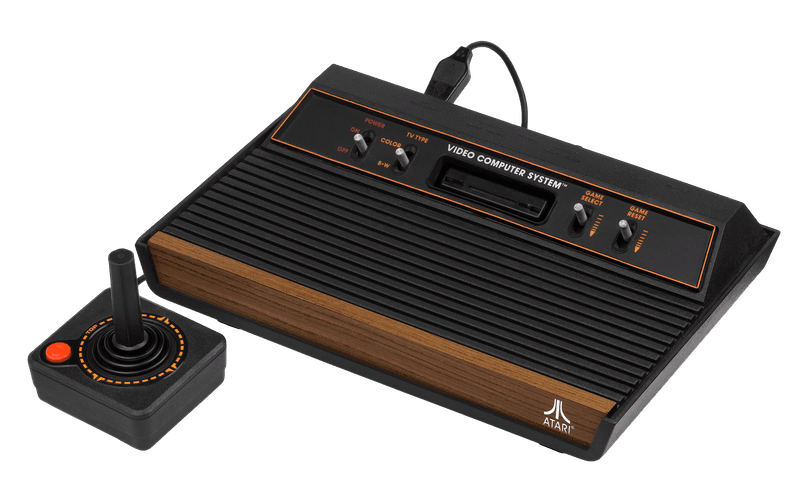
Once the king of home entertainment, the Atari 2600 introduced countless kids to the world of video games. Its joystick and blocky graphics were iconic. Yet, as technology advanced, the 2600’s charm faded. With its limited capabilities, it couldn’t keep up with the rapid evolution of gaming consoles. Today, it serves more as a nostalgic collector’s item than a practical device. Remembering the thrill of playing “Pac-Man” on this console brings back waves of nostalgia. However, in a world dominated by ultra-realistic graphics and immersive gameplay, the Atari 2600 is more a memory than a machine.
2. Sony Walkman

The Sony Walkman revolutionized personal music consumption. It allowed users to carry their favorite tunes anywhere. Back in the ’80s, having a Walkman clipped to your belt was the height of cool. But as MP3 players and smartphones emerged, the cassette-driven Walkman became obsolete. Its bulky design and limited song storage couldn’t compete with modern tech. While some might treasure the tactile experience of cassettes, most have moved on. Today, the Walkman is a charming reminder of teenage years spent untangling headphone cords and swapping tapes with friends.
3. VHS Player
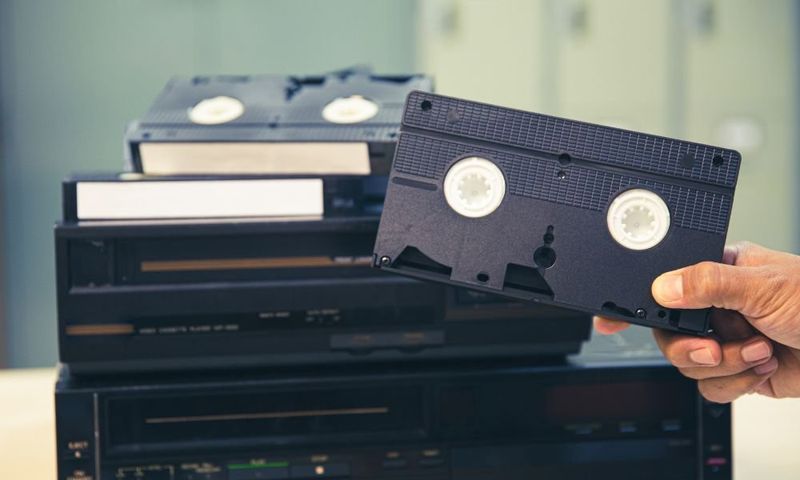
VHS players were the cornerstone of home movie nights. They allowed families to watch films at home, pausing for popcorn breaks. Unlike today’s digital streaming, VHS tapes often required tedious rewinding. The digital age brought DVDs, and later, streaming services, rendering VHS players pointless. The clunky machines and bulky tapes now gather dust in attics. Nostalgia might draw us to the grainy footage and flickering screens, but practically, VHS players have no place in an era where movies are a click away. They remind us of simpler cinematic times.
4. Rotary Telephone

Rotary phones once graced every home, their distinctive ring a staple sound of the ’80s. Dialing took patience and skill, each number requiring a deliberate turn. These phones were durable but cumbersome. As touch-tone phones emerged, the rotary dial became a thing of the past. This relic symbolizes a slower-paced communication era. In today’s fast-paced world of instant messaging and video calls, rotary phones are charming but impractical. They now serve as quirky decorative pieces, reminders of a time when conversation waited for the ring of the phone.
5. Floppy Disk
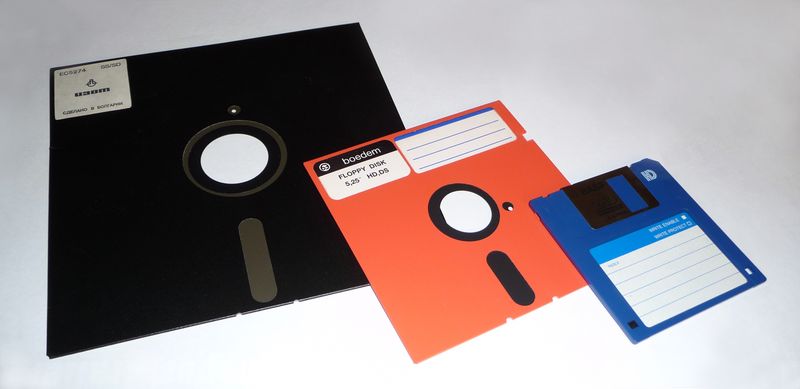
Floppy disks were once essential for storing files and transferring data. The iconic “save” icon symbolizes their legacy. Holding mere kilobytes, they are now laughably small. As technology advanced, CDs, USB drives, and cloud storage took over. Floppy disks couldn’t keep up with increasing data demands. Now largely forgotten, they represent the infancy of digital storage. Collectors might find them appealing, but practically, they’re obsolete. They remind us of the first steps into personal computing, a time when saving a document felt like a small victory.
6. Boom Box
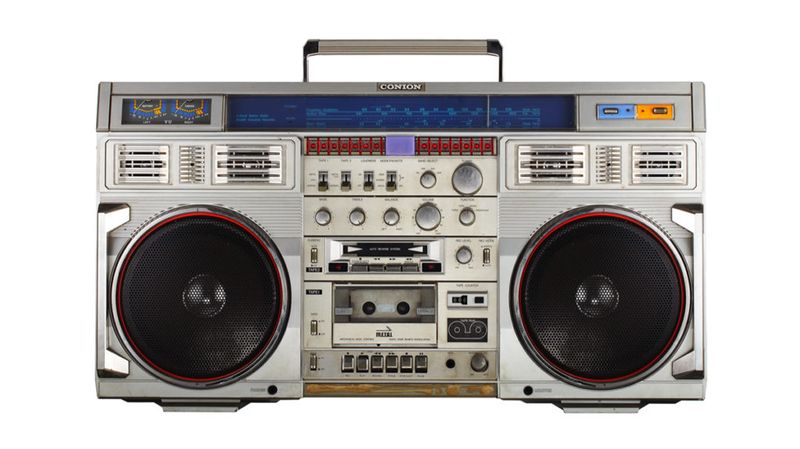
Boom boxes blasted music in parks, beaches, and urban streets. Their portability and loudspeakers made them a cultural icon. These devices were often adorned with stickers, expressing personal style. Though once a symbol of street culture, they couldn’t compete with the compactness of modern speakers. With the rise of Bluetooth and portable speakers, boom boxes faded away. Yet, their legacy lives on in hip-hop culture and nostalgic media. For many, they evoke memories of spontaneous dance-offs and sun-soaked afternoons. Today’s devices offer convenience, but boom boxes held character and presence.
7. Pager
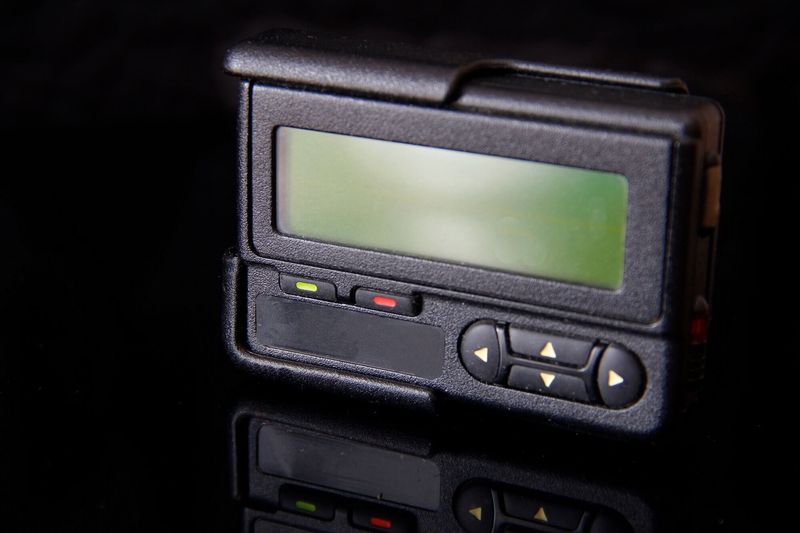
Pagers were revolutionary for their time, providing a way to send short messages. They were essential for doctors and businesspeople. As mobile phones became more accessible, pagers quickly lost relevance. The beep and screen with a numeric message seem antiquated now. They represent an era of limited mobility and communication. Today, their use is limited to niche markets. Nostalgically, they remind us of a time when getting a beep meant something urgent. In the era of smartphones, pagers are little more than a footnote in communication history.
8. Camcorder
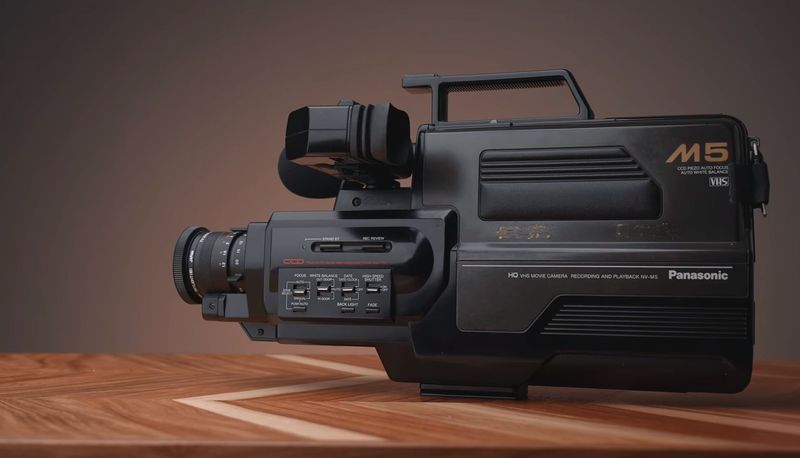
Camcorders captured family memories on VHS tapes, allowing people to document life events. These bulky devices were carried lovingly to weddings, birthdays, and holidays. As digital cameras emerged, camcorders became cumbersome and outdated. The ease of digital storage and editing surpassed the analog method. Camcorders now reside in closets, relics of analog nostalgia. Nonetheless, they remind us of earnest attempts to immortalize moments. Today, smartphones capture and share memories instantly. The camcorder’s legacy lives on in old home movies, cherished glimpses into days gone by.
9. Commodore 64
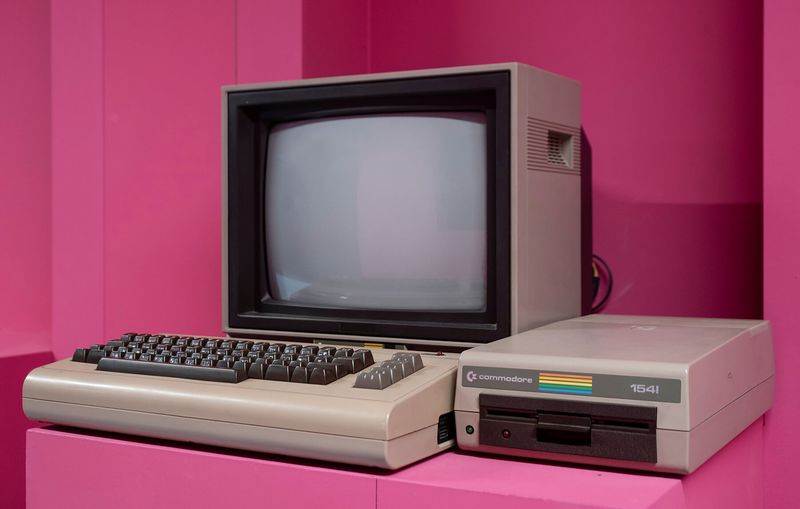
The Commodore 64 was once the best-selling computer, bringing computing to the masses. Its versatility in games and programming endeared it to many. Yet, as PCs advanced, its capabilities seemed primitive. The nostalgic hum of its startup is unforgettable, though, and it holds a special place in the hearts of early computer enthusiasts. Collectors might appreciate its charm, but modern technology has left it behind. Today’s computers are faster, sleeker, and far more powerful. The Commodore 64 is a relic, representing the adventurous spirit of early computing.
10. Polaroid Camera

Polaroid cameras offered instant gratification—snap a photo, and watch it develop in your hands. They were popular at parties and gatherings. The tactile joy of waving a photo to help it develop was unmatched. Yet, as digital cameras and smartphones emerged, Polaroids faded. The ability to take infinite pictures digitally overshadowed the limited shots of a Polaroid. The retro aesthetic remains popular, but digital convenience wins out. Nostalgia keeps the Polaroid spirit alive, as people cherish its tangible memories. Its charm endures, even as technology marches forward.
11. Tape Recorder
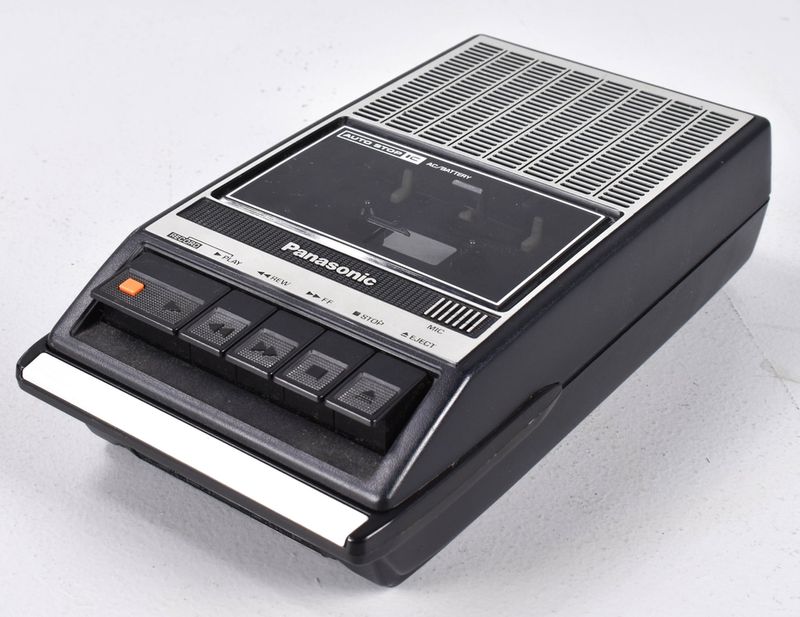
Tape recorders captured voices, music, and radio shows. They were tools of storytelling, enabling journalists and musicians. The satisfying click of a button and the whir of the cassette tape are iconic sounds. As digital recorders and smartphones took over, tape recorders became obsolete. They now sit as nostalgic artifacts, reminders of simpler audio days. For some, the tactile experience of inserting a tape and pressing record is missed. Yet, practicality and quality have moved on. Tape recorders symbolize a bygone era of audio exploration and creativity.
12. Betamax Player

Betamax was the alternative to VHS, offering superior quality. Yet, it lost the format war due to shorter recording time and higher costs. Its downfall was swift as VHS took over the market. Betamax players now gather dust, relics of a technological battle. Collectors may seek them for nostalgia, but functionality is lost. They remind us of the fickle nature of technology, where superior specifications don’t always win. The Betamax story is a lesson in market dynamics and consumer choice. Once a contender, now a memory of tech evolution.

Well, hello there!
My name is Jennifer. Besides being an orthodontist, I am a mother to 3 playful boys. In this motherhood journey, I can say I will never know everything. That’s why I always strive to read a lot, and that’s why I started writing about all the smithereens I came across so that you can have everything in one place! Enjoy and stay positive; you’ve got this!

